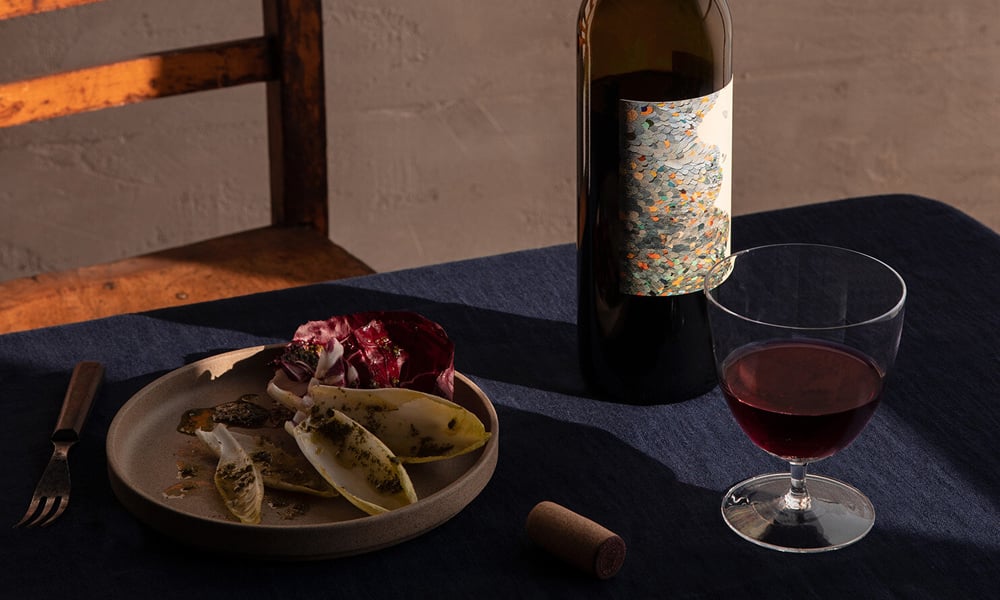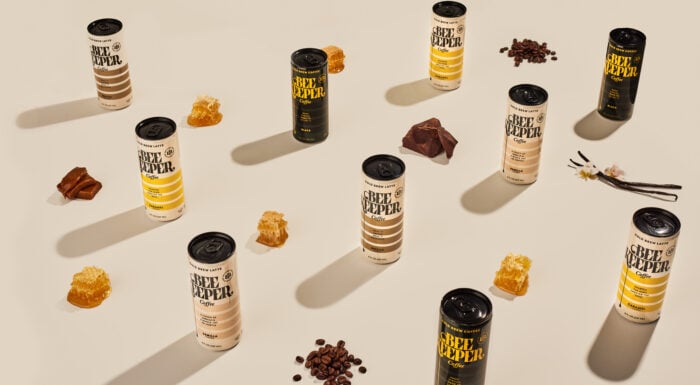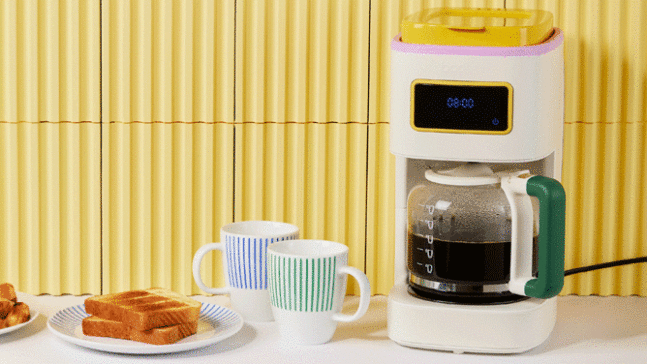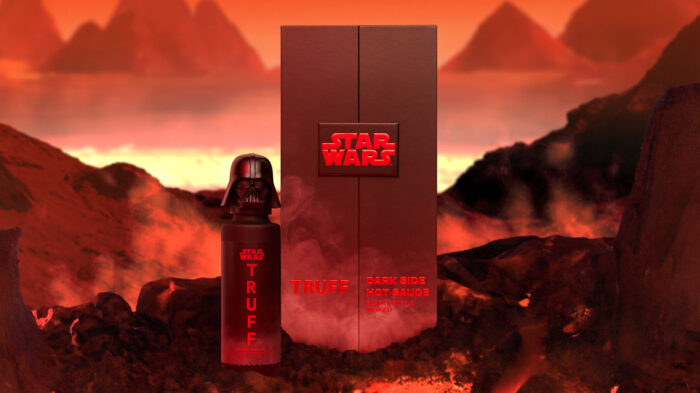Over the past few years, the buzzword in the wine world has been “natural.” Brightly colored, beautifully designed bottles of natural wine have been filling the shelves of your favorite wine bars and bottle shops. Magazines like Bon Appetit and Food & Wine have been throwing around terms like “low-intervention,” “biodynamic,” and “organic” to describe the latest wines. And, while it might seem like a fad or culture of hype (and there are certainly aspects of that), the idea of a wine produced naturally is as old as wine itself.
Natural wine doesn’t have a strict definition decided upon by an organized group like craft beer does with the Brewers Association. Most folks in the wine industry will tell you that natural wine can come in many forms but more often than not it refers to a wine that is made without the use of additives or chemicals and is fermented with wild yeast. Hence, the idea of low intervention – a winemaker simply lets nature run its course with the grapes. Many natural winemakers also use sustainable and organic farming methods. Some natural wine also uses spontaneous fermentation where the microorganisms naturally present in the environment will start fermentation in the wine without the addition of yeast.
Still, natural wine is an umbrella term for a myriad of different methods employed by winemakers. No two natural wineries are identical in practice. One might farm their own grapes and allow spontaneous fermentation to finish their product. Another might source grapes from a nearby vineyard but produce the wine on their own with no intervention and a strain of wild yeast. They can both be natural even with different winemaking methods.
These practices might sound revolutionary but vintners have been producing wine this way for years. Still, the concept of natural wine has only recently reached the mainstream audience with more drinkers seeking out carefully crafted, thoughtfully made wine.
Why Is Natural Wine Popular?
Today’s consumers have become increasingly invested in how their products are made. Especially in the food and beverage industry. The rise of natural wine, locally-made spirits, and craft beer is very likely a symbiotic relationship. Folks are excited to eat and drink things made in their area and to support independent producers.
“The popularity of natural wine is very much an extension of our overall growing interest in what we consume,” shares E.J. McLeavey-Fisher, Co-Owner of Neighbors Wine Shop, one of our favorite natural wine shops in New Jersey. “We’ve become more aware of where our food comes from and how it’s grown/raised, but weren’t necessarily thinking about this when it came to what we were drinking.”
But folks are now taking a more vested interest in where and how their drinks are made. And there’s a difference between commercial, conventional wine and natural wine. Many commercial wineries use additives and preservatives — like sulfites — to keep their wine shelf-stable. For the record, sulfites also occur naturally in the winemaking process. There’s no such thing as a sulfite-free wine. And, it’s likely not the sulfites that are giving you a hangover. But, there are likely other additives, stabilizers, or finings in conventional wine that could give you a negative reaction.
But, as we said, natural wine isn’t a monolith and some winemakers might add a gentle touch of preservatives. The main difference between commercial wine and natural wine, in many cases, is the use of organically grown grapes and, as mentioned before, minimal to no chemicals or additives. These organic, sustainable practices can result in a better drinking experience. Plus, natural wine is exciting.
“In addition to the more wholesome benefits of sustainability and health, we just think the wines taste better,” McLeavey-Fisher says. “There’s a vibrance and energy to them that is undeniably more interesting!”
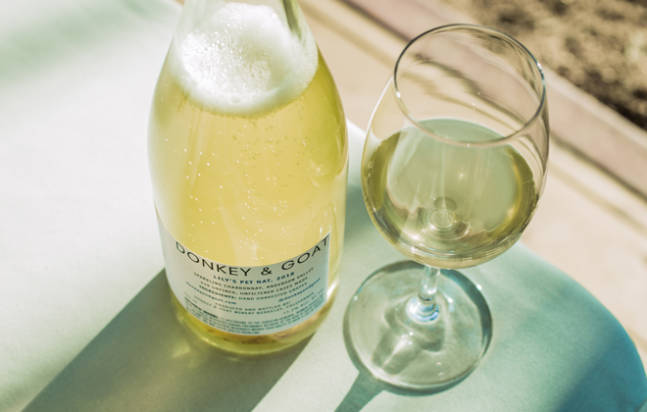
What is a Pet-Nat? Orange Wine?
Two of the key styles that nearly everyone knows when natural wine is mentioned are “Pet-Nat” and “Orange Wine.” While just about any style of wine can be made naturally, riesling or Lambrusco simply aren’t as sexy as a natty orange wine or a crown-capped pet-nat.
Pet-Nat, short for pétillant natural, is a style of winemaking that, like natural wine, has been around for centuries. While Champagne is produced by using méthode traditionnelle, wherein the wine undergoes a second fermentation in bottle thanks to the addition of yeast and sugars, pet-nats are bottled while the initial round of fermentation is still underway. The result is typically a refreshing, sparkling wine that, when enjoyed fresh, can be complex, zippy, and delicious.
Orange wine is simply a white wine that has enjoyed a longer time with the grape skins resulting in a deeper, golden color. So, orange isn’t actually a different grape varietal or style of wine. These skin-contact white wines develop more structure and body than a typical white wine while still retaining some of that refreshing acidity. A bottle of “orange wine” can range in color depending on how long the grape juice ferments with the skins. But you could end up with a beautiful straw yellow or even a vibrant Gatorade orange.
How Do I Know If I’m Buying Natural Wine?
Unlike organic foods or even some craft beers, there isn’t a sticker, label, or clear identifier that you’re buying natural wine at your local bottle shop. Because there isn’t an organized body deciding what constitutes natural wine, it’s up to each individual winemaker to describe their processes.
This can make buying wine tricky, especially as larger wineries have tried to mimic the design-forward labels and branding of smaller, natural wineries.
One surefire way to make sure you’re buying biodynamic, low intervention wine is to ask. Most quality wine shops will be able to tell you at least the basics about the wine they’re selling.
“When you’re in a shop like ours, it’s safe to assume most of the bottles on the shelf fall somewhere along the spectrum of natural wine,” says McLeavey-Fisher. “In a larger shop that might sell more conventional wine as well, you may need to ask for guidance finding those smaller producer/low-intervention wines on their shelves.”
We’d also recommend checking the back label of your wines. Nearly every wine will feature a sticker or label that tells you who imported or distributed the wine. So, do a little research and find which distributors and importers are working with vetted, quality, natural wineries. Some good places to start are Selection Massale, Super Glou, Jenny & François Selections, and Louis/Dressner Selections. You’ll start to notice that some of your favorite natural wines are likely being imported or distributed by the same folks.
What Are the Best American Natural Wines?
When it comes to shopping for natural wine, it’s important to note that you don’t necessarily need to have an adventurous palate. There are plenty of approachable wines that are made in natural, sustainable ways.
“There’s this misconception that natural wines all have a super funky taste to them, and while some of them definitely do (and we love those!) that is not a consistent quality in natural wine,” explains McLeavey-Fisher. “Wine can be made naturally in any form, whether it’s a big bold California Cab or a luxurious bottle of Champagne. Natural wine isn’t a taste-specific descriptor but a much bigger-picture approach to winemaking.”
Now that you’re ready to start sampling some quality grape juice, we’ve put together a list of some of the best American natural wines and winemakers. Many of them even offer direct shipping via their online stores. Below are a few of our favorites.
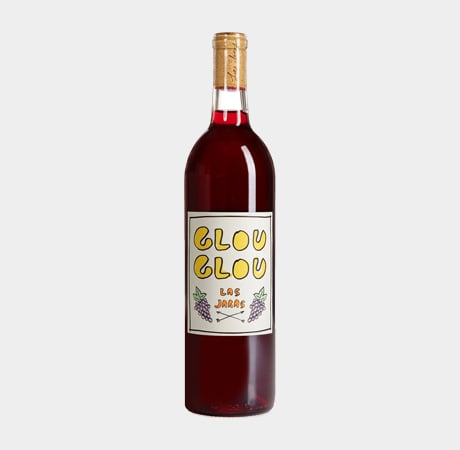
Las Jaras Wines (California)
Would it surprise you to know that Eric Wareheim, half of the incredible comedy duo Tim and Eric, has his own natural winery? And it’s actually fantastic? Co-founded by Wareheim and Joel Burt, Las Jaras produces some of the country’s best and most exciting wines. It’s hard to go wrong but we’d recommend starting with Glou Glou, a highly drinkable Red summer crusher.
Shop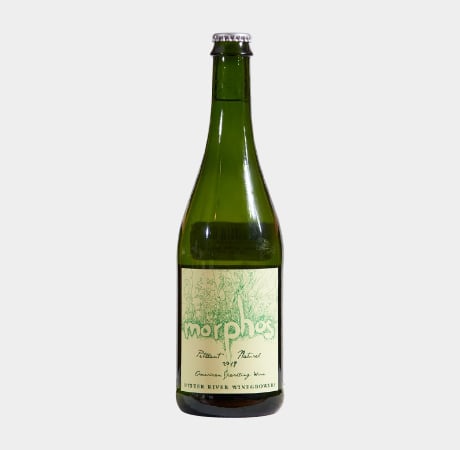
Oyster River Winegrowers (Maine)
On the other side of the country, Oyster River Winegrowers produce a variety of wines and ciders using natural and/or spontaneous fermentation with truly minimal intervention. And, while some of the picks on this list are just winemakers (not farmers), Oyster River does in fact manage its own small farm growing apples and grapes. A perennial favorite of the Cool Material team is their Morphos Rosé Pet Nat. Perfect for spring or summer picnics.
Shop
Martha Stouman Wines (California)
Martha Stouman is often regarded as one of the most exciting winemakers in the country. Stouman has collaborated with several other prominent wineries but her own wines are fantastic–and will sell out quickly. If you see one of her beautifully designed bottles, get it no matter the style. The Post-Flirtation Red and White are both great but Honeymoon remains one of my favorite Whites I’ve had in a while.
Shop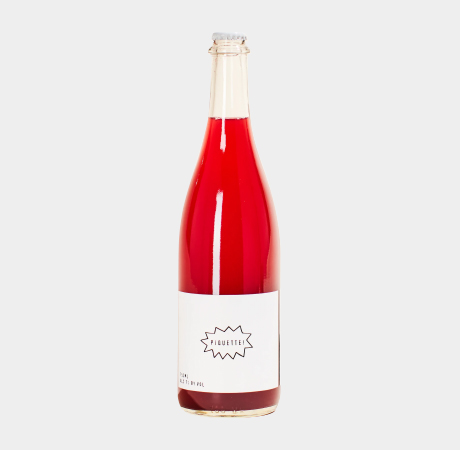
Wild Arc Farm (New York)
Securing a bottle (or can!) of Wild Arc’s wines is very difficult. You can only access their shop if you’re subscribed to their newsletter and many of their wines sell out very quickly. But, if you can secure some juice, you won’t be disappointed. Wild Arc Farm has become synonymous with Piquettes, a highly drinkable style of wine, so go ahead and snag a bottle if you find it.
Shop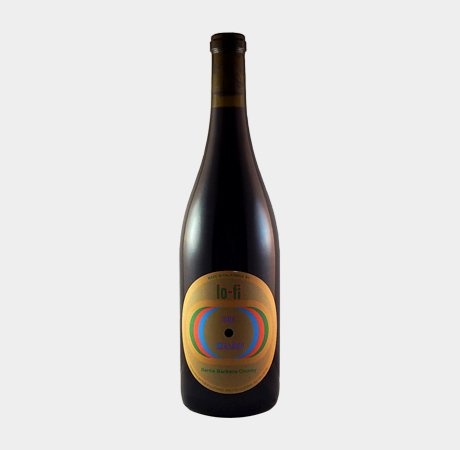
Lo-Fi Wines (California)
Lo-Fi Wines, based in Los Alamos, CA, finds the common ground between wine and music. “Both are filled with resonance, distortion, simplicity, modesty, intimacy and ingenious integrity of the natural processes,” reads their website. Lo-Fi doesn’t necessarily go for the bright, shiny, sexy styles. Instead, their releases are beautifully constructed and endlessly enjoyable. Their Malbec and Cab Franc are two of my favorite versions of those classic styles.
Shop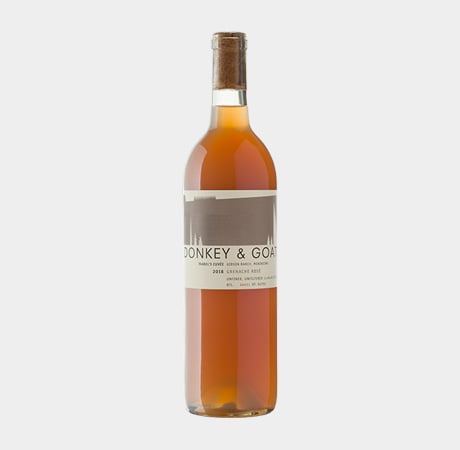
Donkey & Goat Winery (California)
Berkeley, California’s Donkey & Goat Winery might not feature the funky, bonkers label art you’ll find one some of the other wines on this list. But the liquid is just as good. Snag a bottle of the crowd favorite Isabel’s Cuvée, Grenache Rosé. It’s the winery’s oldest running wine and damn delicious.
Shop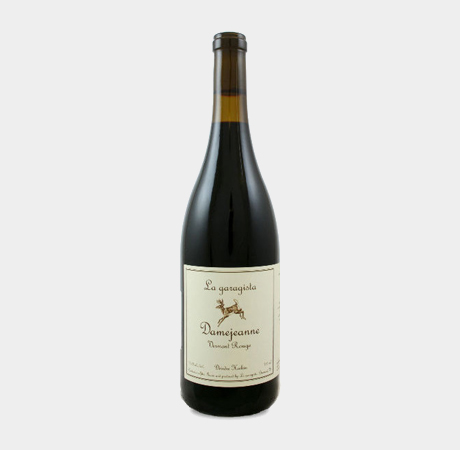
La Garagista Winery (Vermont)
La Garagista is as classy as they come. This Vermont farm and winery crafts wines that feel indelibly tied to their environment. Wild, free, and just so Vermont, La Garagista produces special wines. Start with Damejeanne and work your way through the rest of the La Garagista lineup.
Shop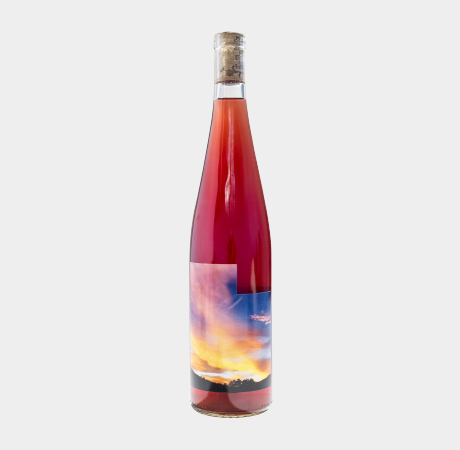
Ruth Lewandowski Wines (California)
Sourcing grapes from several California farms, Ruth Lewandowski makes a diverse selection of stellar wines featuring that New World energy. Plus, it’s hard to skip over those lovely, dynamic labels on each bottle. The winery’s Rosé is up there as one of our favorite warm-weather wines.
Shop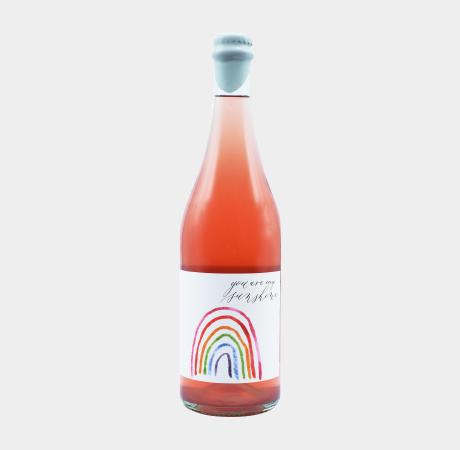
Old Westminster Winery (Maryland)
Old Westminster Winery is a family-run farm and winery reinventing Maryland’s wine scene. The farm itself is well worth a visit, but if you can’t take a trip, Old Westminster ships its cans and bottles to most states. If you can scoop up a bottle of You Are My Sunshine, that’s one of our favorites.
Shop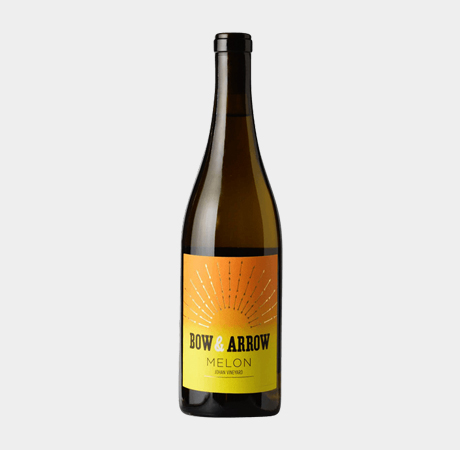
Bow & Arrow Wines (Oregon)
Oregon is home to some of the country’s best brewers, cidermakers, and winemakers. Bow & Arrow Wines, based in Portland, sources grapes throughout the state for wines that communicate what is so special about Oregon’s terroir. Looking for a good White for your next dinner party? Pick up a bottle of Melon.
Shop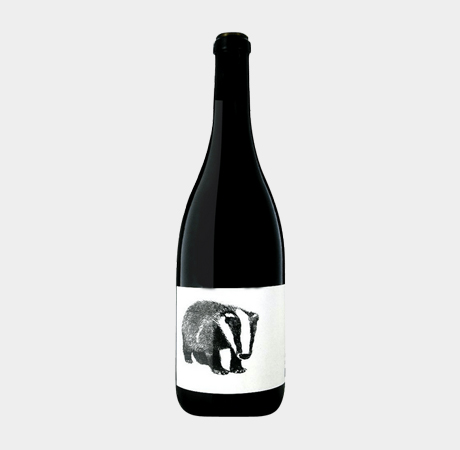
Broc Cellars (California)
Just down the street from Donkey & Goat Winery is one of America’s most beloved natural wineries: Broc Cellars. Broc is definitely one of the most hyped natural wineries around – but for good reason. Their wines are vibrant and delicious. Their many collaborations are all worth a try but we’re particularly fond of their Nero d’Avola.
Shop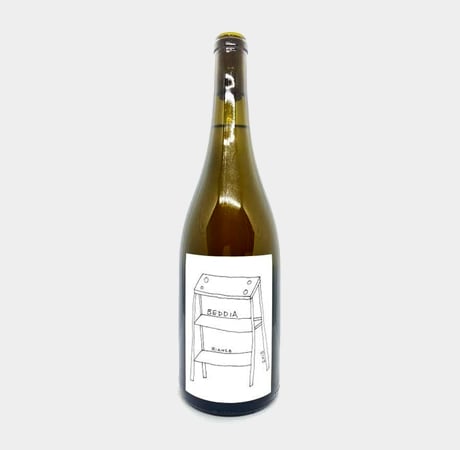
Maloof Wines (Oregon)
The husband-and-wife team at Maloof Wines keeps their products low-key. Meaning they let nature do her work with little intervention. You’ll likely find L’Eau Epicée, a great sparkling riesling, on many wine store shelves. But if you happen across Beddia Bianco, named for Joe Beddia, take a sip.
Shop
